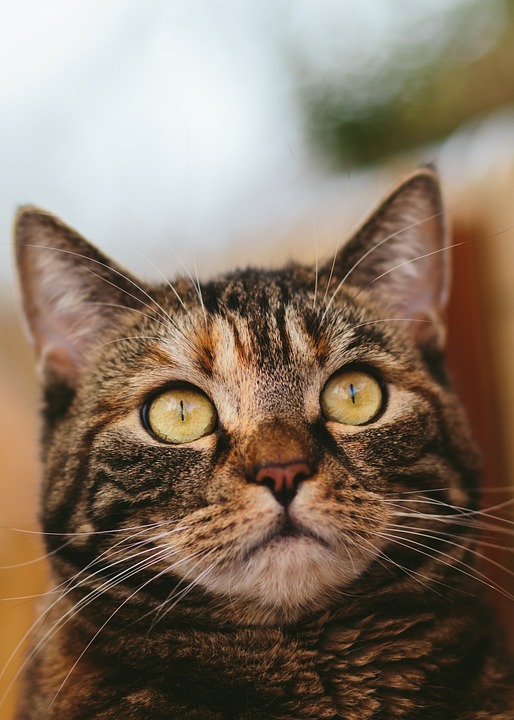Cats are mysterious creatures with unique behaviors that often leave us wondering what they are trying to communicate. One such behavior is kneading, where cats rhythmically push their paws into soft surfaces. In this article, we will delve into why cats knead, what it signifies, and how it relates to their instincts. Additionally, we will address frequently asked questions related to this intriguing behavior.
Kneading is a common behavior observed in domestic cats, characterized by rhythmic pushing and massaging of their paws against soft surfaces such as blankets, pillows, or even your lap. This action is often accompanied by a kneading motion of the cat’s front paws, alternating between left and right.
Kneading is a behavior that stems from a cat’s early days as a kitten. When kittens are nursing, they instinctively knead their mother’s mammary glands to stimulate milk production. This behavior is thought to be imprinted in their memory, leading them to continue kneading even into adulthood.
Now let’s decode the meaning behind kneading. One reason cats knead is to mark their territory. Cats have scent glands located in their paws, and when they knead, they release pheromones onto the surface they are kneading. This serves as a way for cats to mark their territory and communicate their presence to other cats.
Kneading is also believed to be a sign of comfort and contentment. When a cat kneads, they often purr and display signs of relaxation. This behavior is thought to bring them a sense of security and well-being, especially when they are in a familiar and comfortable environment.
Furthermore, kneading can be linked to a cat’s nurturing instincts. Some cats have been observed kneading soft objects, such as blankets or plush toys, as if they are nursing or caring for them. This behavior is more commonly seen in female cats, but male cats may also exhibit it.
Now let’s address some frequently asked questions about cat kneading. Firstly, kneading is typically a positive behavior and not indicative of pain or discomfort. Cats usually knead when they are relaxed and content. Drooling during kneading is a sign of extreme pleasure and relaxation. It is often associated with a cat’s blissful state, similar to when they are being petted or receiving affection.
While it’s not recommended to discourage kneading behavior, you can provide alternative surfaces, such as a scratching post or a designated blanket, to redirect their kneading instincts. If your cat’s kneading becomes painful or uncomfortable, you can place a soft barrier between their paws and your skin, such as a thick blanket or towel, to minimize any discomfort.
It’s important to note that cats naturally knead, and it’s not a behavior that can be trained in or out of them. However, you can redirect their kneading behavior to more appropriate surfaces if needed.
In conclusion, cats’ kneading behavior is a fascinating aspect of their communication and instinctual behavior. Understanding the reasons behind kneading can help us appreciate our feline friends even more. Remember, next time your cat kneads on your lap or a soft surface, it’s their way of expressing comfort, contentment, and their natural instincts. Embrace this adorable behavior and cherish the moments of feline affection.








